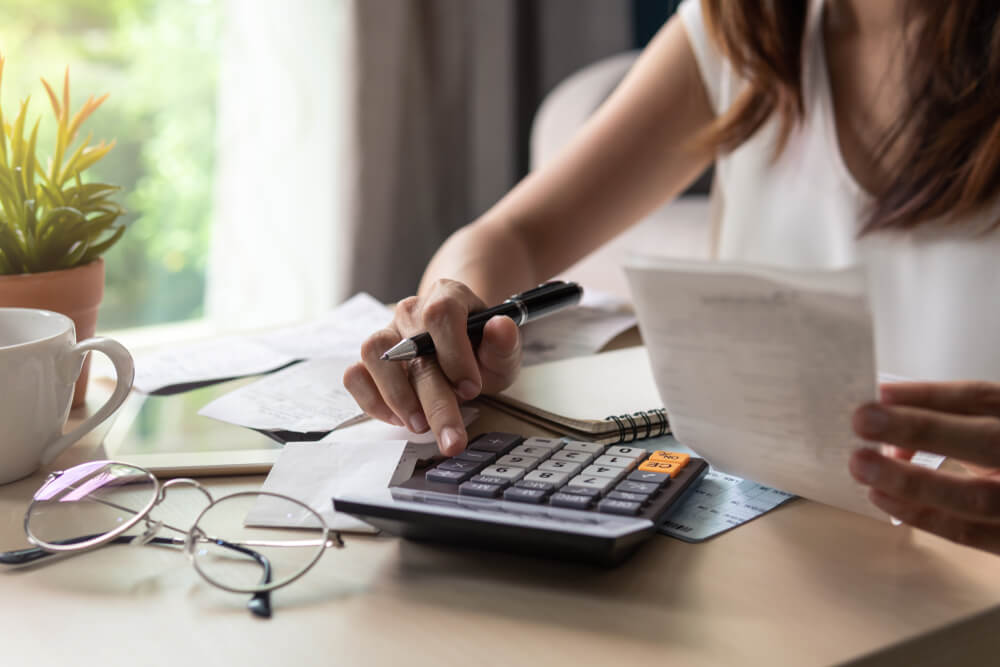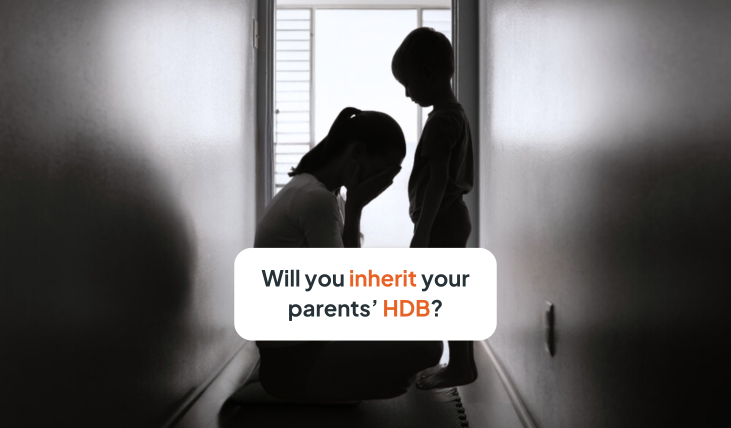Heard of HDB sellers making a negative sale? We know its reputation: Scary risk! Avoid at all costs! Protect your money!
But our Super Agents have this to say: contrary to what the term ‘negative sale’ suggests, a negative sale does not always mean you are making an out-of-pocket loss.
Editor’s Note: A negative sale can also happen with private properties, but this article is focused on ‘negative sale’ in an HDB transaction.
Contents
What is a negative sale?
If the sale proceeds of your property, after clearing off your outstanding mortgage loan, are insufficient to cover the full CPF refunds (Principal Amount used + Accrued Interest), it is what we call a ‘negative sale’ or ‘negative CPF sale’.
Here’s an example of how a negative sale occurs:
Selling Price – Outstanding Mortgage – CPF Refunds (Principal CPF + Accrued Interest) = Negative Sale
| Selling Price | $420,000 |
| Outstanding Mortgage Loan | $250,000 |
| Sale Proceeds Left After Paying Off Outstanding Mortgage Loan | $420,000 – $250,000 = $170,000 |
| Total CPF Refund (Principal Amount + Accrued Interest) | $150,000 + $40,000 = $190,000 |
| Negative Sale (Sale Proceeds Left – Total CPF Refund) | $170,000 – $190,000 = -$20,000 |
In the scenario above, the sale proceeds of $170,000 are not enough to cover the total CPF refund of $190,000, after paying off the $250,000 outstanding loan.
Hence, there is a negative sale of $20,000.
So what happens to this $20,000 shortfall due to CPF?
If the sale proceeds (including the deposit) after clearing off your outstanding housing loan are not enough to make the required CPF refund, you do not need to top up the shortfall in cash, provided the property is sold at market value or higher.
In other words, the shortfall is waived as long as you have sold the property at market value.
Is the negative sale of $20,000 an out-of-pocket loss?

In this scenario, the negative sale of $20,000 is NOT an out-of-pocket loss.
Bear in mind, in this scenario, while the total CPF refund is $190,000, the principal amount used (meaning your own CPF monies) is $150,000.
The other $40,000 is the accrued interest accumulated over the years on the principal amount that has been withdrawn from your CPF Ordinary Account (OA) to finance your property. So while some accrued interest has instead become a realised interest loss after the sale, at least it’s not an out-of-pocket loss.
What happens to the deposit when there is a negative sale?
When there is a negative sale, all the cash monies that you have received as the Deposit (Option fee + Option Exercise fee), have to be refunded to your CPF account before the completion of the sale transaction.
So remember to keep aside the cash you received and deposit them into your CPF account when HDB informs you to do so.
3 ways to avoid making a negative sale
- Pay your home loan in cash, not with your CPF
- Choose a bank loan with a lower interest rate
- Don’t hold on to the property for too long

#1: Opt to pay your mortgage loan with cash instead of CPF
That way, when you sell your property in the future, there are lesser CPF refunds to be made, and you get more cash proceeds in the end.
#2: Choose a bank loan with a lower interest rate if possible
With a lower monthly repayment, your CPF usage will be reduced, and the CPF Refunds, upon selling your property, will also be lesser.
#3: Do not hold on to the property for too long
Your CPF Refund is based on the Principal Amount used, plus accrued interest. If you are holding on to your property for too long, the accrued interest will keep accumulating every year and, by the time you sell your property, the CPF refunds amount will become very high, leading to a negative sale.
Now that you have a better understanding of ‘negative sale’, do you think it’s still that scary?
It is all about knowing the market and having a proper plan before you sell and buy a property. You can call us at 6886 9009 to secure an appointment with any of our Super Agents at only 1% + GST of selling price. They’ll assist you with financial planning and everything else you need. Because at Ohmyhome, we’re always by your side, always on your side. You can also message us in the chatbox at the bottom, right-hand corner of the screen or WhatsApp us at 9755 1009!



































































